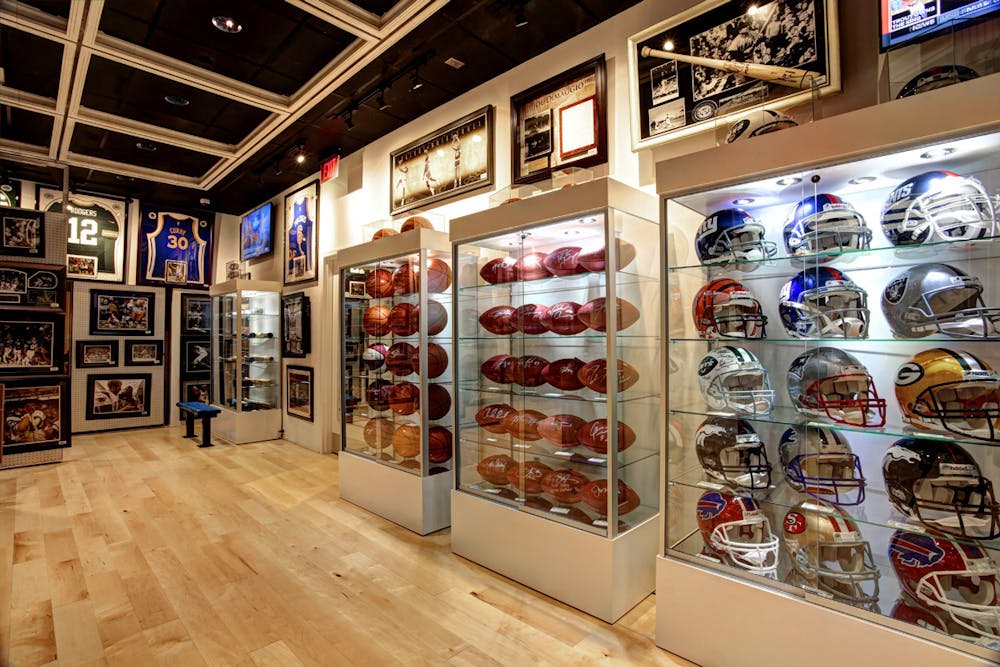Sports fans across the globe connect through the product on the field or court but can also connect off the field. The thrill extends far beyond the crowd, as many sports fans desire to own a piece of history through collecting sports memorabilia.
Aside from the connection between fans, there is tremendous value in collecting. The 2020s have witnessed some record-breaking bids for sports memorabilia, with the most expensive collectible being a 1952 Topps Mickey Mantle Card that sold for $12.6 million in 2022.
The Seton Hall Sports Poll reported 28% of US households actively collect sports memorabilia. Of those respondents, the most popular types of collectibles were polled.
Among the most popular items are sports cards, autographs, and balls/equipment, coming in with 54%, 47%, and 40% of collectors amassing those items, respectively. 7% responded other, with those items ranging from bobbleheads to ornaments and hats.
Does the potential payout of sports memorabilia have an impact on its popularity?
It appears it doesn’t. The Seton Hall Sports Poll reports that 66% of US households do not have an active collector of sports memorabilia.
As Seton Hall Sports Poll methodologist Dr. Daniel Ladik puts it, “more respondents recognize the investment side of collecting sports memorabilia.” 46% of respondents agreed that it is a financial investment.
The lack of knowledge available about sports memorabilia may explain its lack in popularity. 31% of respondents don’t believe it is easy to find the value of sports memorabilia, while 36% put ‘Don’t know/No opinion.”
48% of respondents agreed it is easy to find out where to purchase the items themselves, though, With the risk of marketplace misinformation, lack of knowledge, and difficulty to learn more, the uncertainty seems to push sports fans and non-sports fans in the other direction.
Thomas Donnelly is the Setonian's head sports editor. He can be reached at thomas.donnelly@student.shu.edu.





